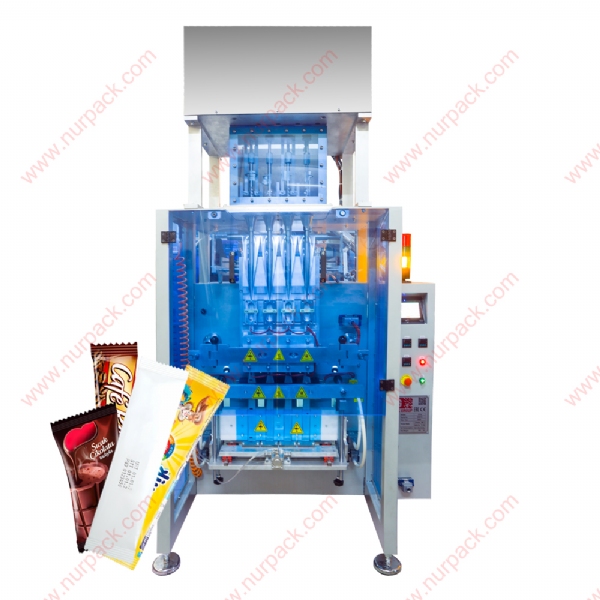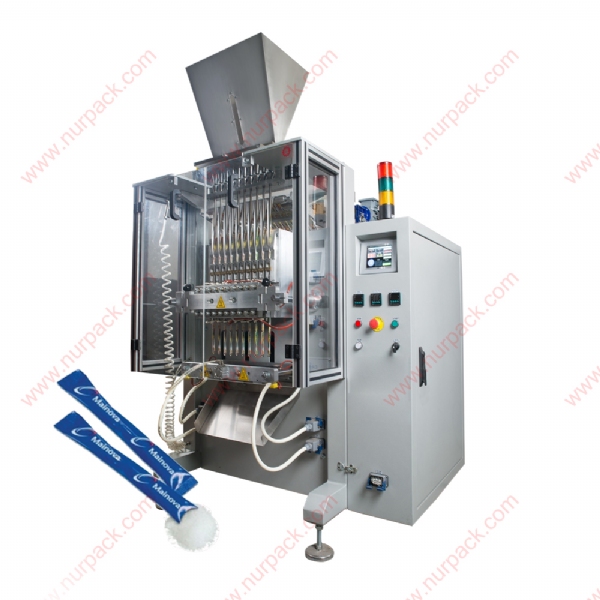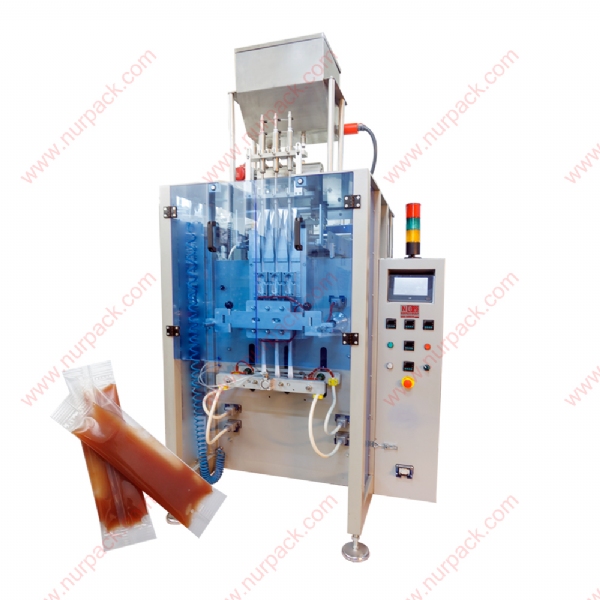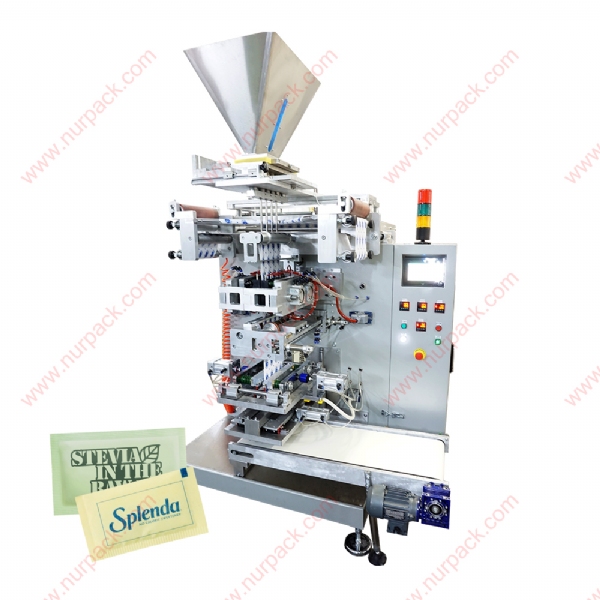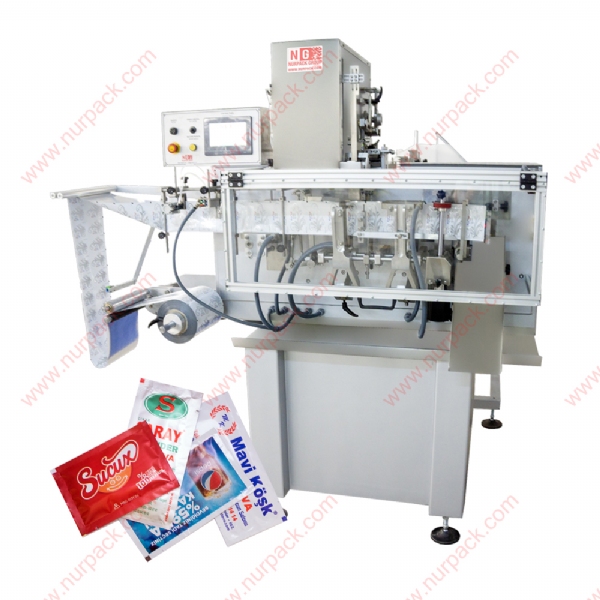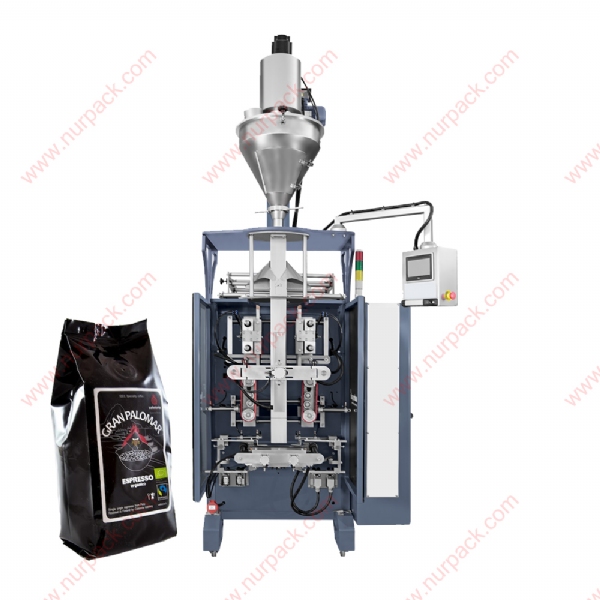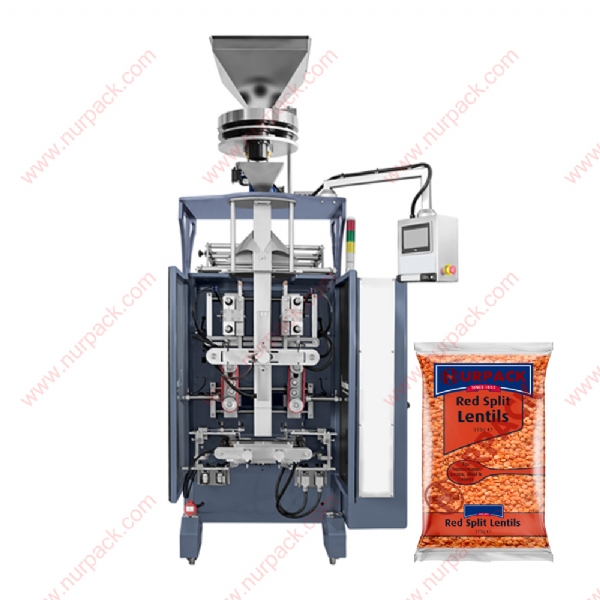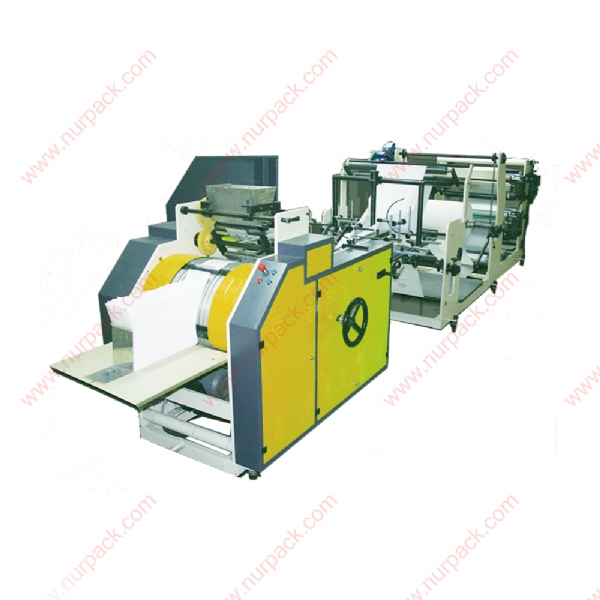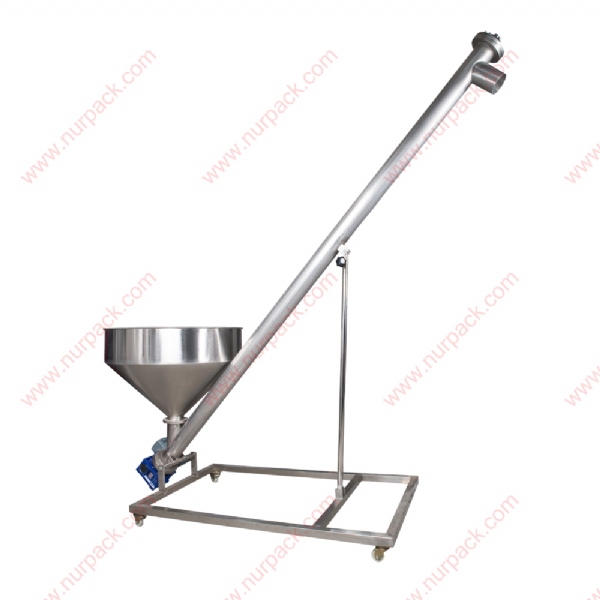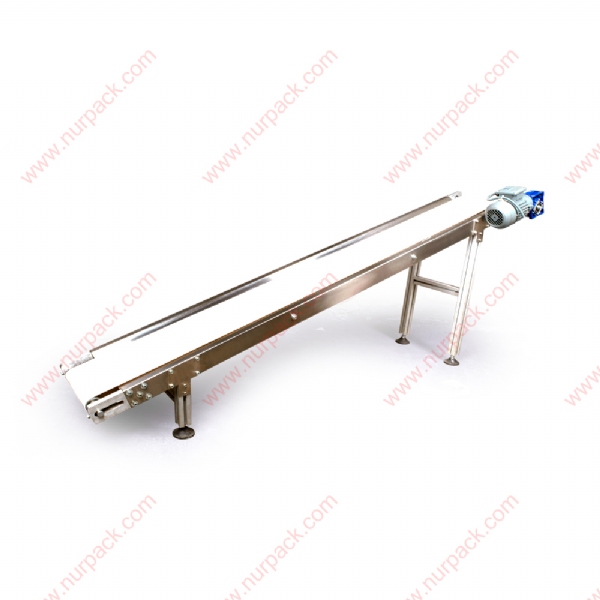The wet wipe or wet towel these days become very famous in personal hygiene especially with the spread of COVID-19 and the need for more protection against bacteria and infection, the demand for disinfecting wipes or antibacterial wipes or even antibacterial gel was increased to unprecedented numbers, this increased demand open the door to new business opportunities before this pandemic this business also existed but not as huge as it now.
So what is the raw material that is involved in the wet wipes packaging proccess? The wet wipes made from non-woven fabric and come folded inside a package moistured with a perfumed solution or with disinfection liquid, this non-woven fabric at most made of Polyester and Viscose, and the percentage between these two materials will determine the quality and the price of this raw material, here in Turkey the most famous uses are 90% Polyester with 10% Viscose and the weights are 33, 35, 40, and 50gsm.
Also this non-woven fabric involved in many industials fields, for instance in the medical field: sergical masks, surgical gowns, caps, shoe covers, surgical drapes and covers, gloves, and plasters etc., also there are many other uses for the non-woven but here we will focus just on the wet wipes industry.
In order to deliver the wet wipes to the final customer, you need to put it in the packages and there are many types of packages like Individual Wet Wipe package, Multi Wet Wipes package, and Multi Wet Wipes packed inside a plastic cylinder package with dispenser future for easy pull.
In order to enter this business you need a production line and in our case Individual Wet Wipe you need a mchine that fold and pack the non-woven also dose it with a fluid, we in NURPACK GROUP pleased to offer you our Wet Wipes Packaging Machine, the machine that you can rely on with simple operating and compact size, and with high speed up to 90-95 pcs/min can give you almost 45,000 pcs/shift production, you can do various sizes from 50x50 mm to the 120x160 mm for the packaging and for the wipes you can do from 80x80 mm up to 240x240 mm, you need to change the roll and made a view modifications which didn’t take more than 5 minutes for trained operator.
Also with the date coder, you are able to print the production/expiry date and patch number, and also with the V-notch feature, it will be easy to open the sachet and extract the wipe.
Famous Wet Wipes Sachet Sizes


